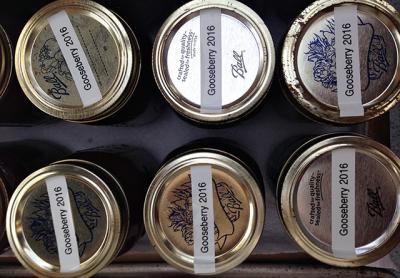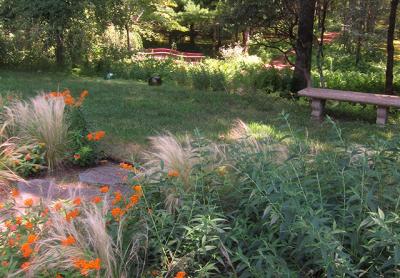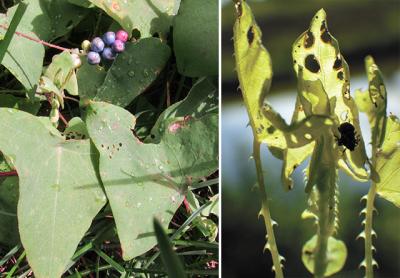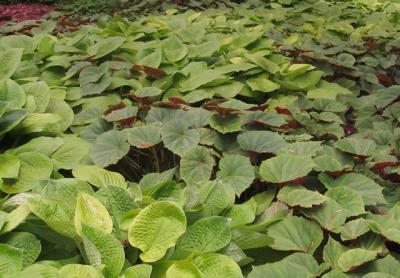Deborah Berke’s ‘House Rules: An Architect’s Guide to Modern Life’
Deborah Berke’s ‘House Rules: An Architect’s Guide to Modern Life’

Way back in 1999, I lived in the servants’ quarters of an “antique” cottage on a tiny one-way lane, hidden on the east side of Georgica Pond. As I worked as an architect from its hot, spidery second-floor apartment, I heard the rumblings of something going on next door. New construction. Should be interesting to watch, I thought.
I asked the foreman, who was from the Wright and Company construction firm in Bridgehampton, who the architect was, and he replied, “A woman from the city, Deborah Berke.”
I didn’t think much of the ruckus next door as I had become considerably construction-numb as an architect. After the foundation was poured, however, I began to realize that what was being built was not a Shingle Style traditional or typical East Hampton beach folly. It was modern. And it was quite small by South Fork standards.
Now mind you, this was well before the recent resurgence in modern houses had gained traction here. Many architects with a modern aesthetic were sitting idly in their offices, sketching ideas or working on competitions to keep their brains from deteriorating.
As the house next door progressed, I saw the volumes begin to take shape. The forms were firmly rooted in the landscape and very clearly defined. No applied trick facades. No flashy details. No exotic materials. Just shapes and shadows with a backdrop of local lush green. There was a beautiful modesty to this little house, which left me perpetually intrigued.
At the time, I was moonlighting by doing drawings of a behemoth gambrel-roofed estate designed by a local architect. The detailing was elaborate, and as I drew corbels, coffers, and arches, I could see the construction progress next door from my window.
I learned it was a “city” architect’s house. Interesting and ºout of the box‚ I thought. Eventually‚ I noticed a wall without a roof and an opening in it. Unusual, I thought; it made me think of Chinese architecture. A walled garden in East Hampton!
One evening at sunset I entered the house and wandered around. (Yes, I trespassed, but for academic reasons.) The windows had gone in and light poured into the house at perfect angles. The space felt light and flexible. The details were so restrained. The house was thoughtful and gentle in the transitions from space to space. Effortless.
Some architecture can appear clever or trendy in its modernism, but this architecture seemed honest, not trying too hard to be anything other than a calm and serene beach escape for a family. Ever since, I have followed Deborah Berke’s work enthusiastically. Her firm, Deborah Berke Partners, has persevered with a philosophy of honesty in both materials and design throughout the years.
At a time when the East End modern design scene has reached a zenith of flash, high-end materials, and glitz, Ms. Berke is the real deal. Her exciting new position as the dean of the Yale School of Architecture is confirmation of her unwavering talent, consistency, and skill.
Deborah Berke’s “House Rules: An Architect’s Guide to Modern Life,” a $45, fully illustrated book published by Rizzoli in July, is a clear and thoughtful explanation of her philosophy, which both design veterans and laypeople can easily grasp and put to use.
It is refreshing to find a design book with clear steps and insights into a particular architect’s process. The captions for the photos are helpful poetic summaries of the firm’s basic concepts, and the images explain those concepts in a straightforward way, which also is helpful.
The book includes an essay about Fishers Island by Rick Moody, a novelist, and an afterword by Marc Leff, who has been with the Berke firm since 1993. In addition, an index identifies the houses where most of the photos were taken by their street names or locales, Georgica and Sagaponack among them.
Designing and building houses is a complex process and Ms. Berke’s book demystifies the architect’s process, while transforming it into a hands-on, methodical series of choices. She articulates eight guiding principles, and the book is organized around them.
According to Ms. Berke, “Make a virtue of economic necessity. Good design doesn’t cost more; expensive materials do.” And, “Movement into and through a house accelerates and collects, like a stream with eddies.” Many thoughts and useful ideas from this wonderfully readable book have stayed with me, as I hope many will with you.
Erica Broberg Smith is a practicing architect in East Hampton and New York. She also owns the Hampton Gather, a new antiques and salvage shop on Newtown Lane in East Hampton.








